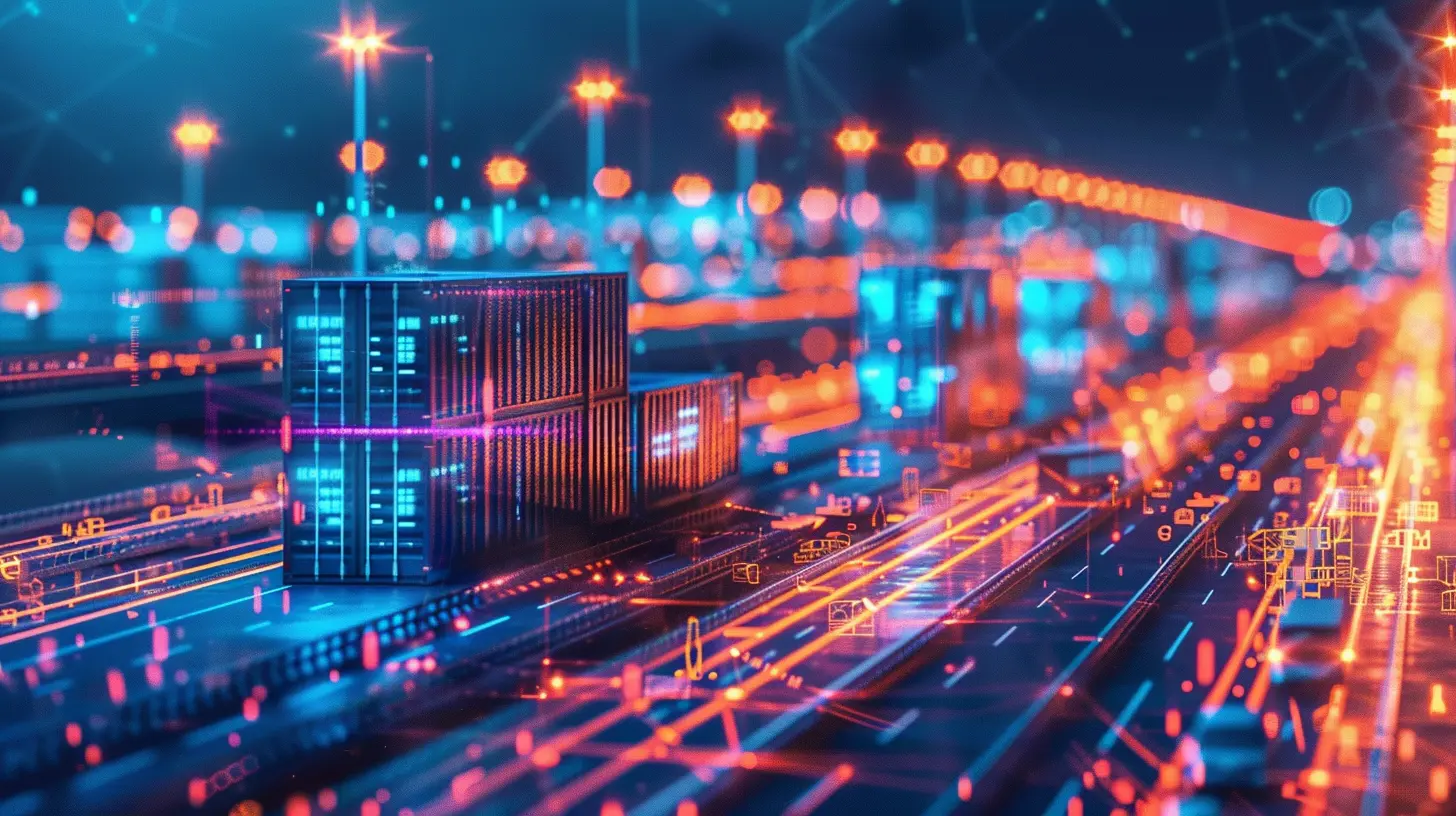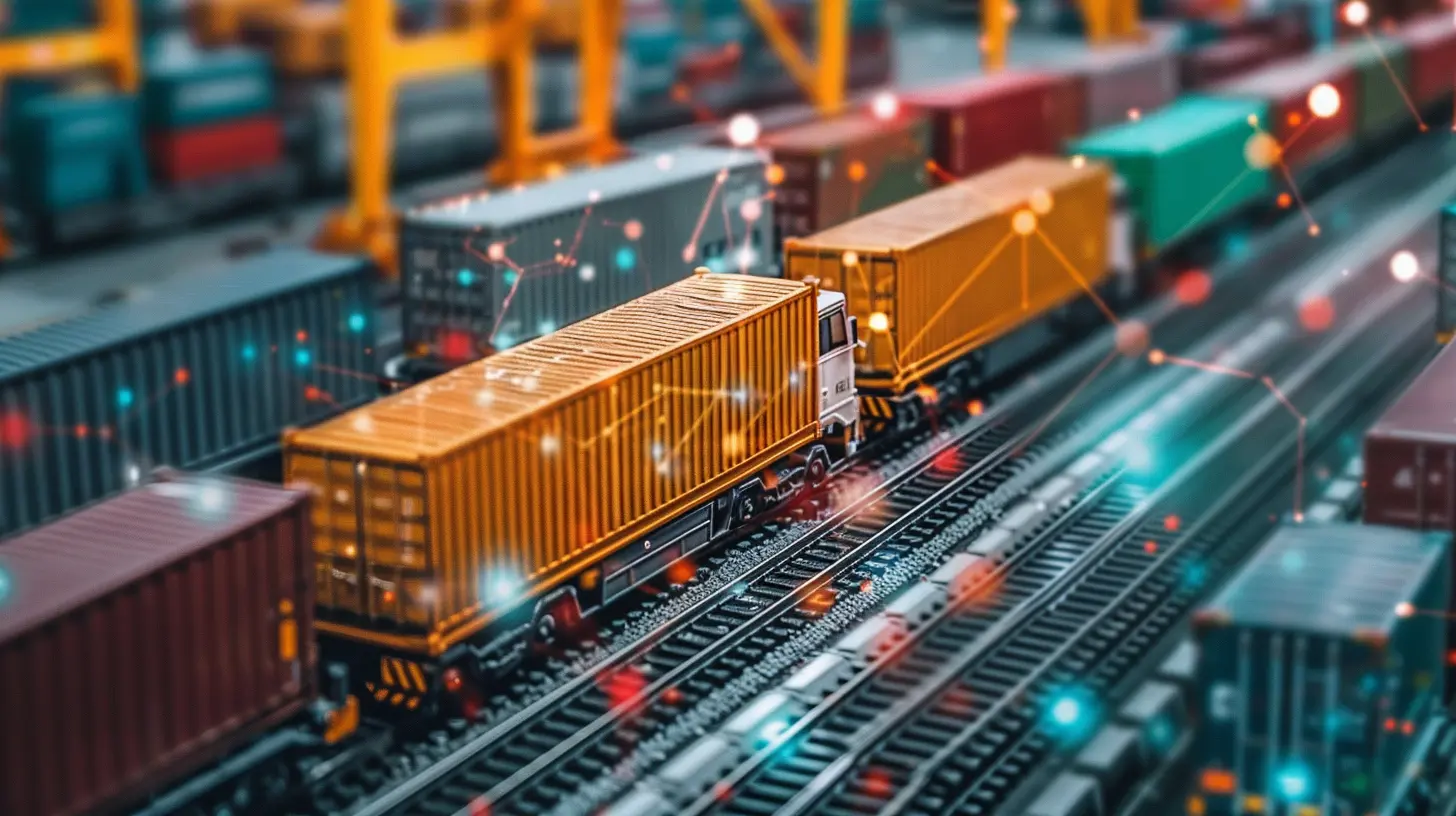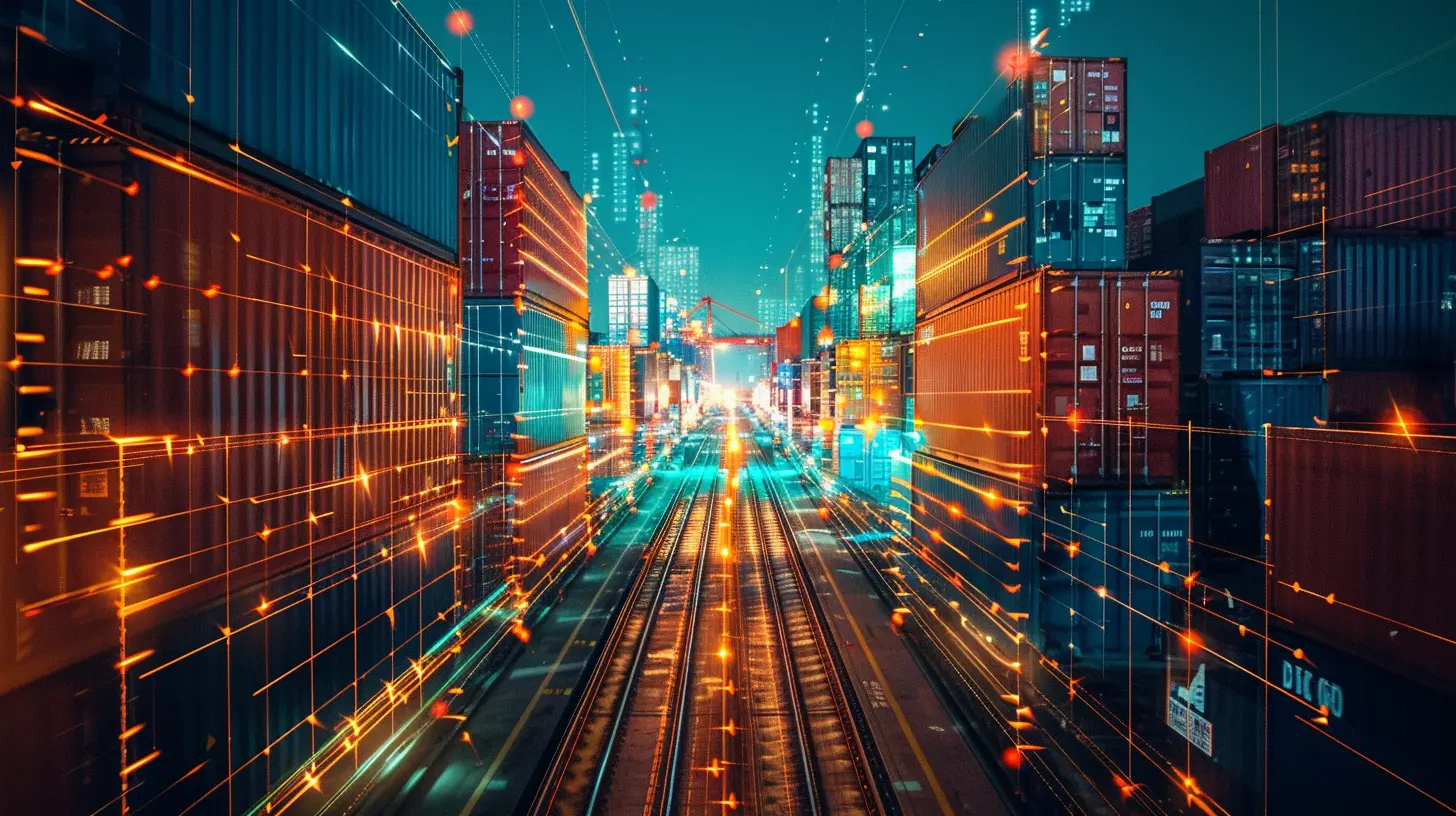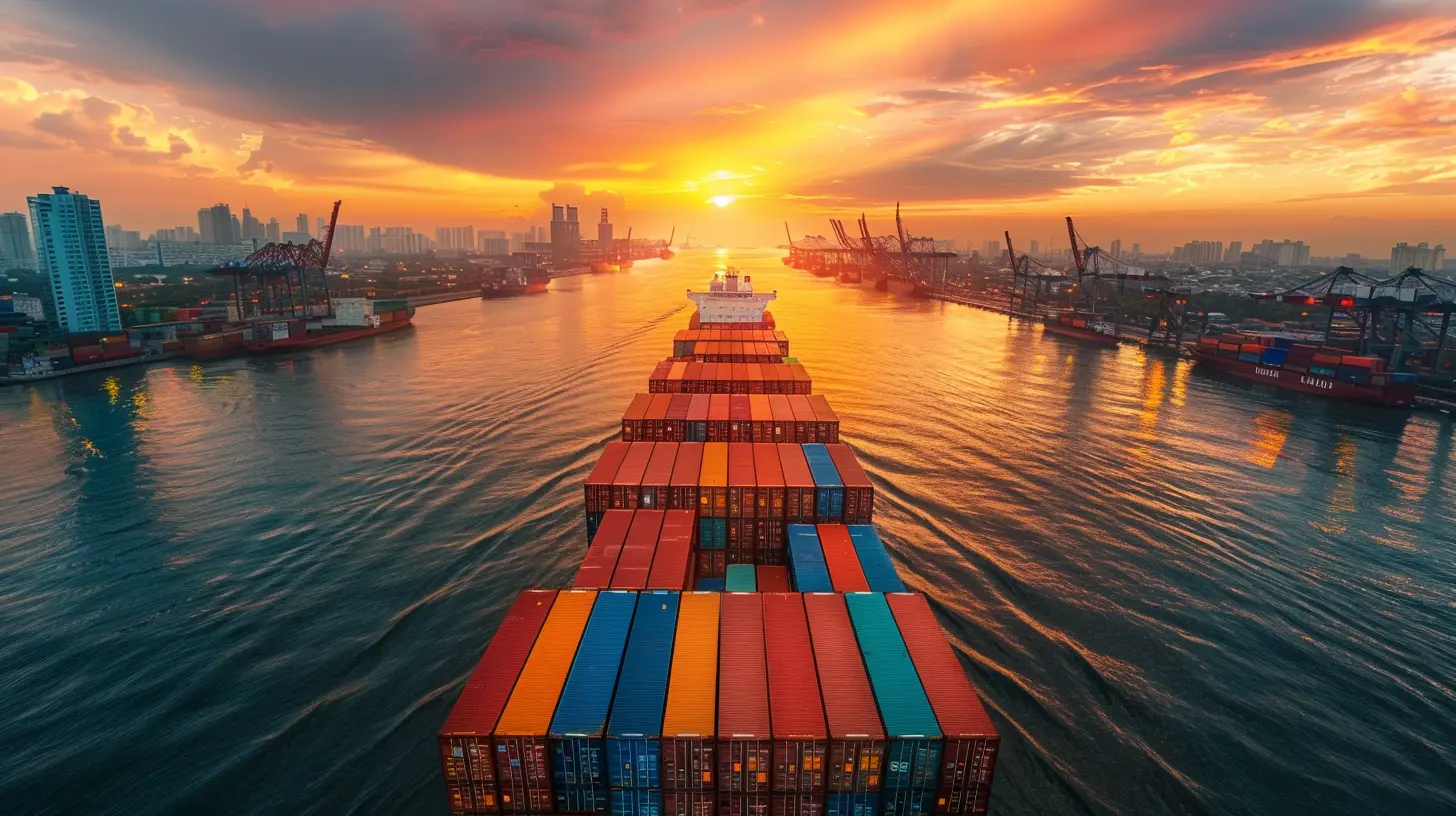How to Use Digital Twins to Enhance Supply Chain Performance
9 August 2025
The word "twin" might make you think of identical siblings wearing matching clothes. But in the world of tech and business, a digital twin is something way cooler—and it's revolutionizing the way companies manage their supply chains.
In simple terms, a digital twin is a virtual version of a real-world object, system, or process. It's sorta like playing The Sims, except instead of controlling a person who forgets to eat and burns the house down, you’re managing a real supply chain and helping your business run smoother, faster, and smarter.
Sounds cool? That’s because it is. Let’s break this down and show you how using digital twins can turn your supply chain from “meh” to marvelous.
What Exactly Is a Digital Twin?
Let’s kick things off with a quick dive into what we’re actually talking about here. A digital twin is a dynamic, real-time digital replica of a physical object or process. It pulls in data from sensors, machines, systems, and even people (yes, people) to create a mirror image of what's actually going on.Imagine having a crystal ball that shows exactly how your supply chain runs—where the bottlenecks are, where things might go wrong, and how you can fix them before they even happen. That’s the power of digital twins.
They combine data, machine learning, and simulation models to give you actionable insights. Think of it like having your supply chain’s brain living in your laptop.
Why Digital Twins Are the MVPs of Supply Chain Management
Before we dive into the “how-to” part, let’s talk about why digital twins are so darn valuable for your supply chain.1. Real-Time Visibility
Ever tried finding a single sock in a laundry pile? That’s what trying to track inventory without digital help can feel like. Digital twins help by offering real-time visibility into every nook and cranny of your supply chain. You can see where things are, whether they're stuck in transit, or chilling in a warehouse.2. Predictive Smarts
Digital twins use past data and predictive analytics to forecast future events. Think delays, equipment failures, spikes in demand—you get the idea. It's like having a business-savvy weather forecast.3. Test Before You Invest
Thinking about switching suppliers or changing logistics? Try it virtually first! A digital twin lets you run “what-if” scenarios. You can see the impact of a change without actually implementing it—kinda like trying on clothes without stepping into a fitting room.4. Reduced Costs
With fewer unknowns and less downtime, your business saves money. And let's be honest—who doesn’t want that?
How to Get Started with Digital Twins in Your Supply Chain
Okay, so now you're curious. Maybe even excited. Great! Let's walk through how to actually start using digital twins in your supply chain without needing a PhD in rocket science.Step 1: Define Your Goals
First things first—figure out what you want from your digital twin. Are you trying to:- Improve delivery times?
- Reduce inventory waste?
- Predict equipment failures before they happen?
Be clear about your objectives. Otherwise, you'll be like a GPS with no destination set—just spinning in circles.
Step 2: Map Out Your Physical Supply Chain
You can’t twin what you don’t know. You need a clear picture of your existing supply chain—every supplier, transport route, warehouse, and distribution center. Think of it as laying out all the LEGO pieces before you build the Death Star.Step 3: Gather and Integrate Data
This is where things get juicy. To create a digital twin, you need data—lots of it. Pull it from sensors, ERP systems, inventory trackers, GPS modules, and any other digital tools you’re already using.Pro Tip: Make sure your data is clean and accurate. Garbage in = garbage out.
Step 4: Choose the Right Tech
There are many platforms out there that support digital twin modeling—Siemens, IBM, Microsoft Azure, and others. Pick one that fits your scale, industry, and budget. It’s like picking a car—you wouldn’t buy a Ferrari for grocery runs. (Okay, maybe you would, but you get the point.)Step 5: Build Your Digital Twin
Time to get building. You'll need a tech team or a vendor that specializes in this stuff. They’ll help model your processes and integrate the real-time data streams. Voilà! Your digital twin comes to life.Step 6: Monitor, Simulate, and Optimize
Once live, use your digital twin to simulate changes, monitor performance, and pinpoint inefficiencies. Chart out "what if" scenarios:- What if a supplier misses a shipment?
- What if there's a sudden 30% spike in demand?
- What if your spaceship (okay, truck) breaks down?
This is the part where it all starts to pay off.
Use Cases: Real-World Examples That’ll Make You Say “Whoa!”
Let’s take things from theoretical to practical. Here are a few real-life scenarios where digital twins absolutely crush it.1. Inventory Management
Say goodbye to the chaos of overstocking or understocking. By simulating demand and supply patterns, a digital twin can help you keep just the right amount of stock—like Goldilocks, but for warehouses.2. Transportation & Logistics
Ever faced delays that left you tearing your hair out? With digital twins, you can test alternate routes, adjust delivery schedules, and react to traffic or weather issues in real time. Uber who?3. Supplier Performance Evaluation
Tired of suppliers ghosting you like a bad Tinder date? Use digital twins to evaluate supplier reliability, delivery consistency, and overall impact on your supply chain.4. Warehouse Optimization
Let your digital twin walk through your warehouse and flag inefficiencies. Maybe those forklifts are doing a few too many laps or your shelving layout is slowing down picks and packing.The Secret Sauce: Combine Digital Twins with AI and IoT
Now, if you really wanna go full Iron Man with this thing, combine your digital twin with Artificial Intelligence (AI) and the Internet of Things (IoT).- AI adds smart decision-making, so you don’t just get data—you get recommendations.
- IoT provides real-time input from physical devices, like GPS tags, temperature sensors, and RFID chips.
It’s like giving your digital twin superpowers. Now it’s not just a mirror—it's a mirror that talks back, gives advice, and maybe even pours you a virtual cup of coffee.
Challenges and How to Tackle Them
Hey, let’s be real. No solution is perfect. Digital twins come with challenges, especially when you're just getting started.Data Overload
With great data comes great responsibility. Too much unorganized data can bog down your system. The fix? Start small, structure your inputs, and scale carefully.Tech Complexity
Yes, there’s some tech wizardry involved. You don't need to become a programmer, but you'll need someone on board who understands the tech stack.Integration Issues
Getting all your systems to talk nicely to each other can be tricky. Make sure you’re building on platforms that are compatible or easily integratable with your current tools.The ROI of Going Digital Twin
Still wondering if all the effort is worth it? Let’s break down some juicy benefits you’re likely to see:- Up to 30% reduction in inventory holding costs
- 25% improvement in production efficiency
- 20% decrease in operating expenses
- Better decision-making and agility in responding to disruptions
In the end, digital twins don’t just help you see the future—they help you shape it.
Wrapping It All Up
So, let’s recap, shall we?Digital twins are the real-time, data-driven virtual doppelgängers of your supply chain. They're smart, insightful, and really good at spotting issues before they snowball into major disasters. From improving logistics to optimizing warehouses and forecasting demand, they put you a step—or ten—ahead.
They’re not some sci-fi dream anymore. With the right approach, tools, and mindset, you can start using digital twins today and give your supply chain a serious edge.
Now that you're all clued up, go ahead—get twinning!
all images in this post were generated using AI tools
Category:
Supply Chain ManagementAuthor:

Remington McClain
Discussion
rate this article
1 comments
Carmen Black
Digital twins are the supply chain superheroes we didn’t know we needed! If you're not harnessing their power yet, don't be surprised when your competitors leave you in the dust. Time to catch up or get left behind!
September 1, 2025 at 4:09 AM

Remington McClain
Absolutely! Digital twins are game-changers for supply chain optimization. Embracing this technology is essential to staying competitive and driving efficiency. Don't get left behind!


